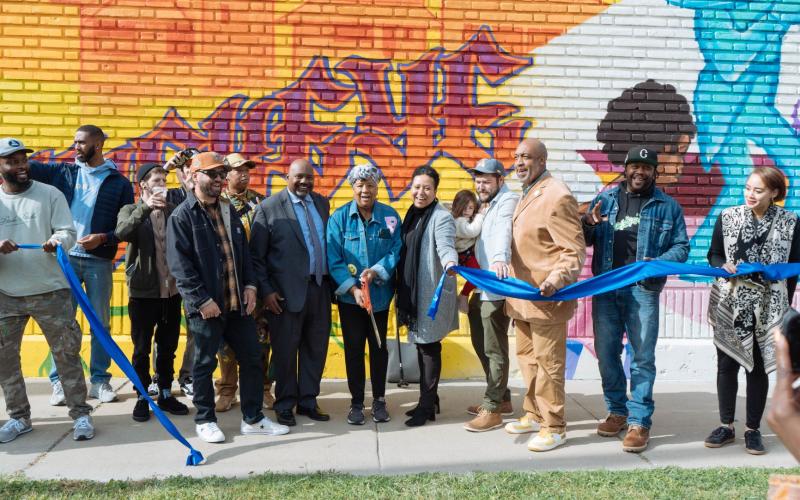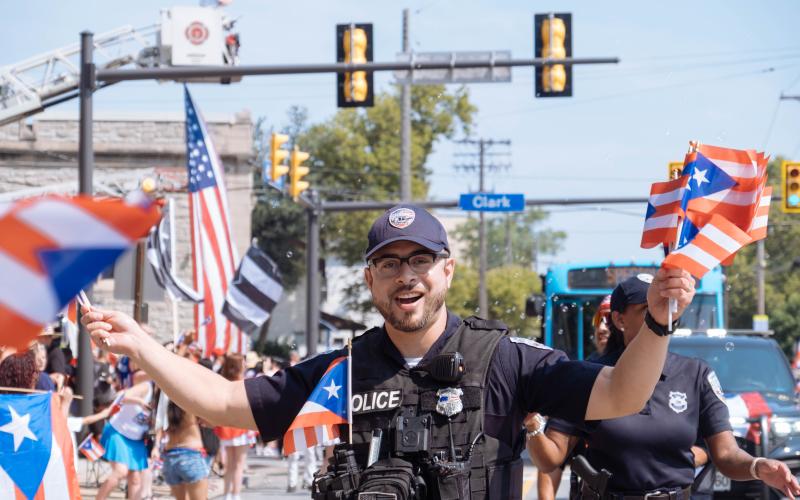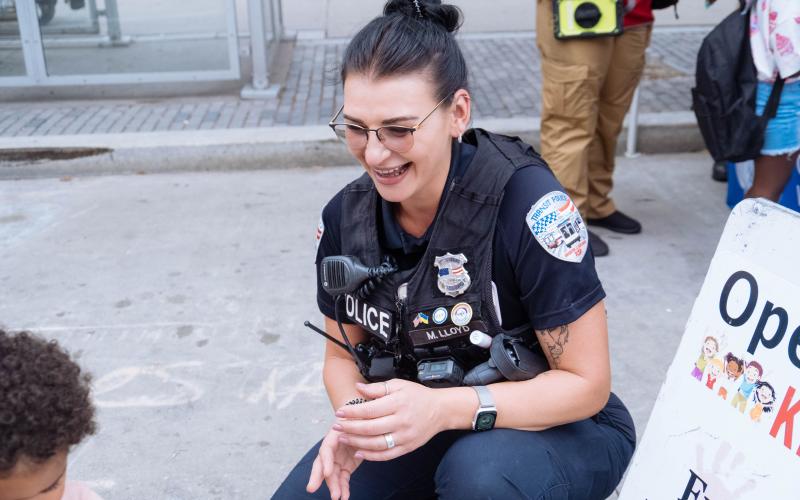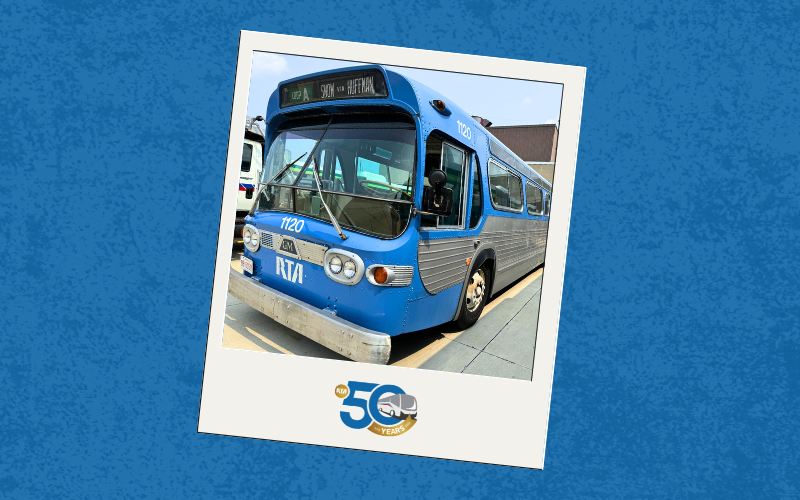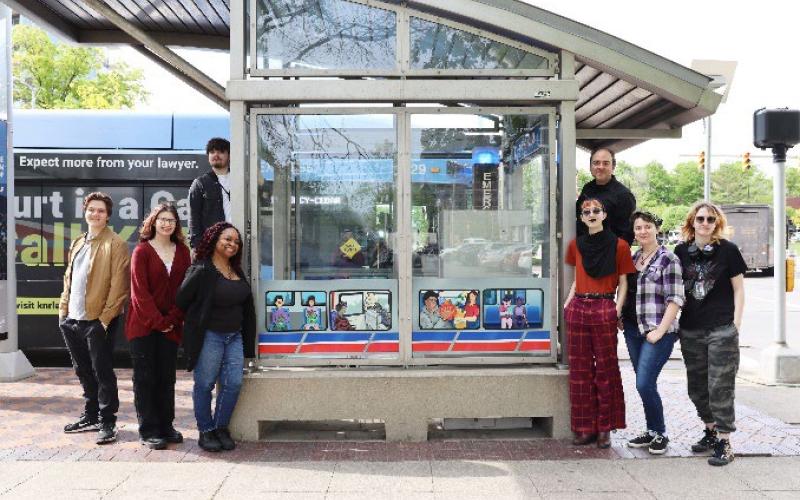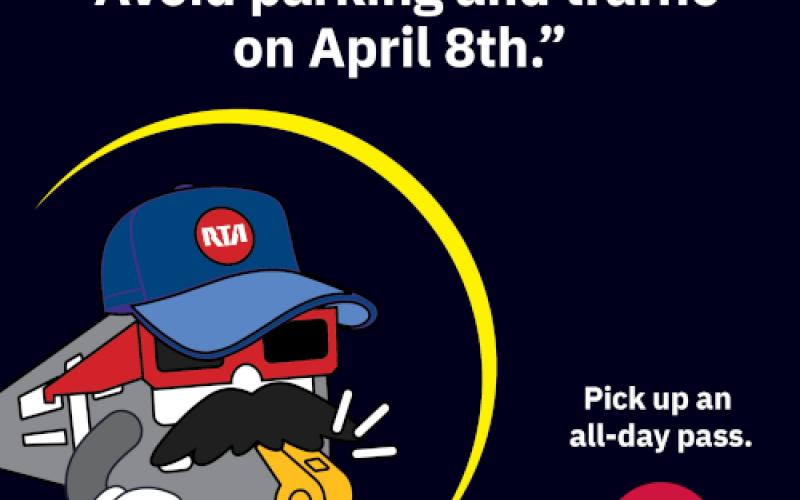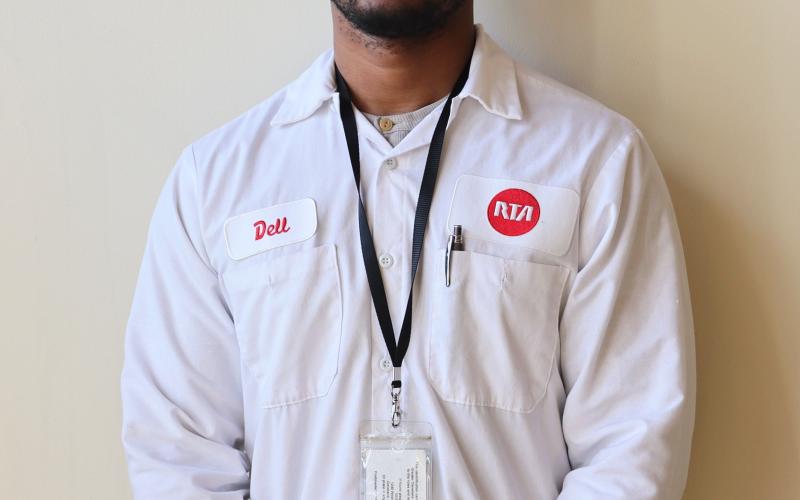Mar 22, 2021

Installation of barriers continue on buses. Previously, GCRTA had been using plastic curtains to protect operators and riders.
“The plastic curtain was always intended as a quick and temporary protective measure,” Jeffrey Adams, Central Equipment Manager, says.
Back in March of 2020 GCRTA, like every other organization, scrambled to find ways to protect essential employees and riders. The plastic curtains were obtained relatively quickly and took just 20-30 minutes to install. In a matter of weeks, all 336 buses had the curtains.
Once the curtains were installed GCRTA began looking at more permanent solutions. The decision was made to use barriers instead. The barriers are more effective and visually appealing compared to the curtains. They are also easier to clean and offer better visiblity. Made of polycarbonate with a steel frame, the barriers are able to offer the bus operator protection from phyical dangers as well as preventing the spread of viruses.

“We’ve been getting the materials in for the barriers over the past couple of months,” Adams says. “We currently have the shields installed in about 10% of our buses.”
The hope is to have the barriers installed on most of the fleet by the end of May.
“Now that the materials are arriving, our body shop mechanics have really been ramping up the installation. The shields take longer to install – about 3 or 4 hours per bus – but once installed we expect them to last the lifetime of the bus, so it is time and money well spent,” Adams said.
The barriers, known as BioShields, were purchased from Bio-Logi Solutions.

The barriers are just the latest tool Greater Cleveland RTA has used in the fight against COVID-19. Electrostatic sprayers, temperature scanning tablets, and Moonbeam3 technology are just some of the other resources GCRTA has deployed over the past year to keep riders and staff safe.
